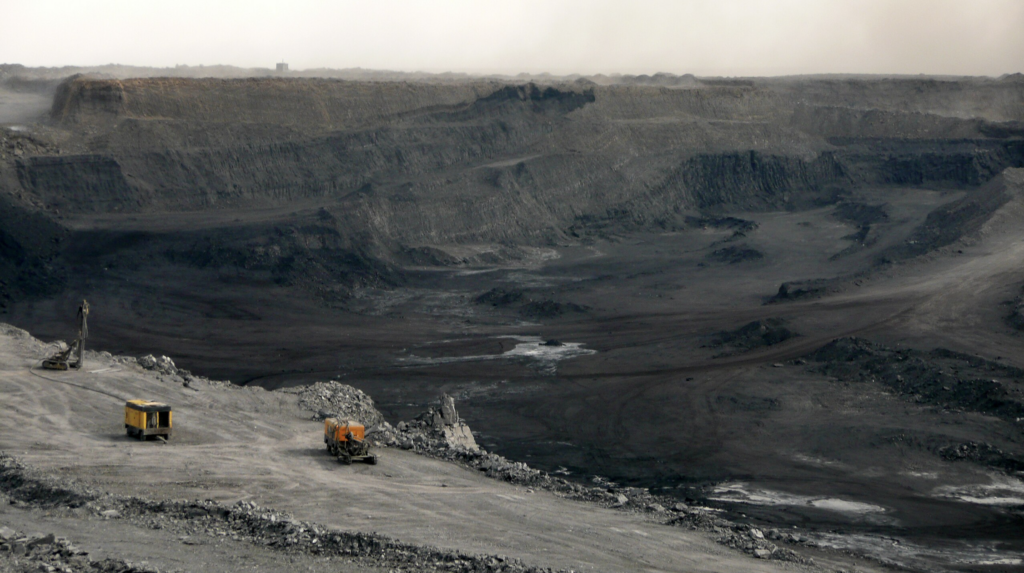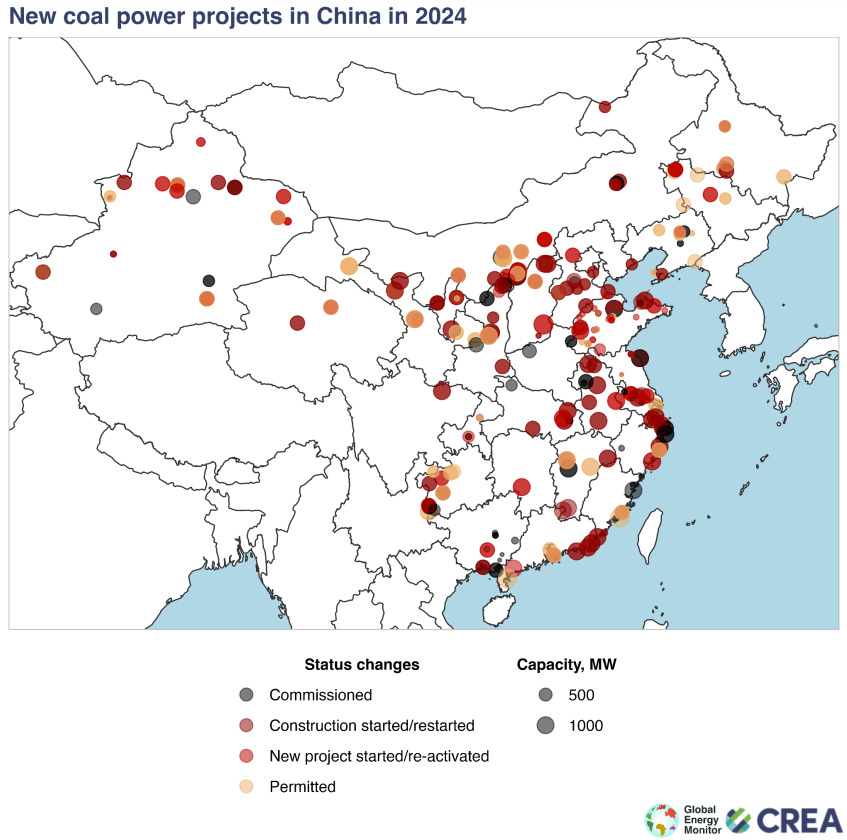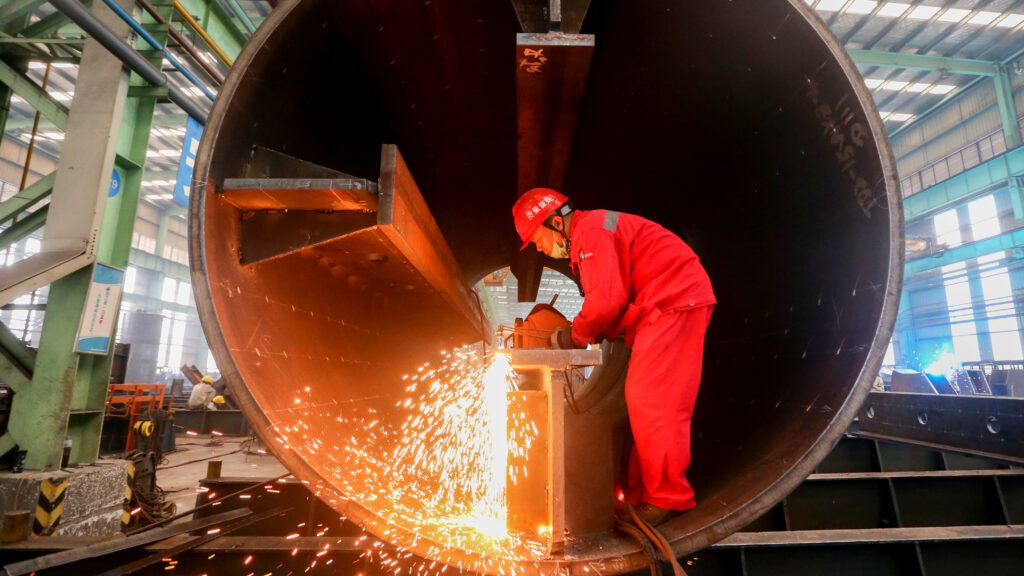
It is still too early to determine whether steel prices are heading for a reversal as there are still flaws in its fundamentals. That said, there are signs of improvement in the investment funds’ sentiments, fundamentals, and macroeconomics. Hence, we recommend to take cover for short ferrous commodities’ positions and monitoring subsequent developments.
If prices have found a support and the odds of prices getting lower are becoming slimmer, what are the factors/expectations that can open up the room for prices to rebound? Let’s take a look.
In terms of the market sentiment, after several rounds of testing the ferrous commodities’ price bottom, a price support has seemingly been found – this can be observed from a departure of short positions whenever prices dropped close to the previous low. In terms of fundamentals, there is no need for further rebar production cuts and its inventory will likely maintain a healthy drawdown with an additional working day this week. As for China’s macroeconomics, the market is turning to the expectations that Q2 funding will improve QoQ. There are growing expectations that the government will accelerate bond issuances – though verifications are needed on the issuance scale and funding flows (to the downstream industries).
It is still too early to determine whether steel prices are heading for a reversal as there are still flaws in its fundamentals. That said, this trading logic has been traded for some time and we have seen some progress in resolving the fundamental flaws which include:
- High flat steel inventory which the market has yet to trade on. This will continue to present downside risks.

- Exports have not improved and remain under pressure as export margins continue to ease. Billet demand is better as it is used for financial trades such as basis, non-standard hedging, etc.
- The healthy rebar inventory drawdown is mainly due to its low production. If production resumes in April due to the lucrativeness; it will be a test for demand. Previously, with a lack of bullish drivers, we have focused on the fundamentals to determine ferrous commodities’ price directions. However, most of the aforementioned fundamental flaws have been traded on. More verifications on the strength of demand and steel balance sheet may be needed to drive a new fundamental contradiction.

Instead, if prices are indeed forming support at the last low and the odds of prices getting lower are becoming slimmer, let us look at what are the factors/expectations that can open up the room for prices to rebound:
- Not considering crude steel production curbs (the likelihood of happening is 1H is low and we can trade on that when there are more clarities); hot metal production may have found a floor, From steel mills’ margins and maintenance schedule, hot metal will likely increase on a w-o-w and m-o-m basis. This is supportive of an upward shift in production costs (i.e. raw materials).

- The most bearish driver is demand weakness. Post-lunar new year, demand was weighed down by a simultaneous slowdown in overseas and domestic demand. But as we enter April, domestic demand could receive support from an acceleration in government bond issuance- which is what the market is holding hope for. This will require verifications as we progress through the month. The number of projects has shrunk.
- Another domestic demand push will be from the real estate sector – this will depend on the pace of housing sales recovery. Overall, we maintain a cautious attitude on domestic demand.
Source: Horizon Insights








